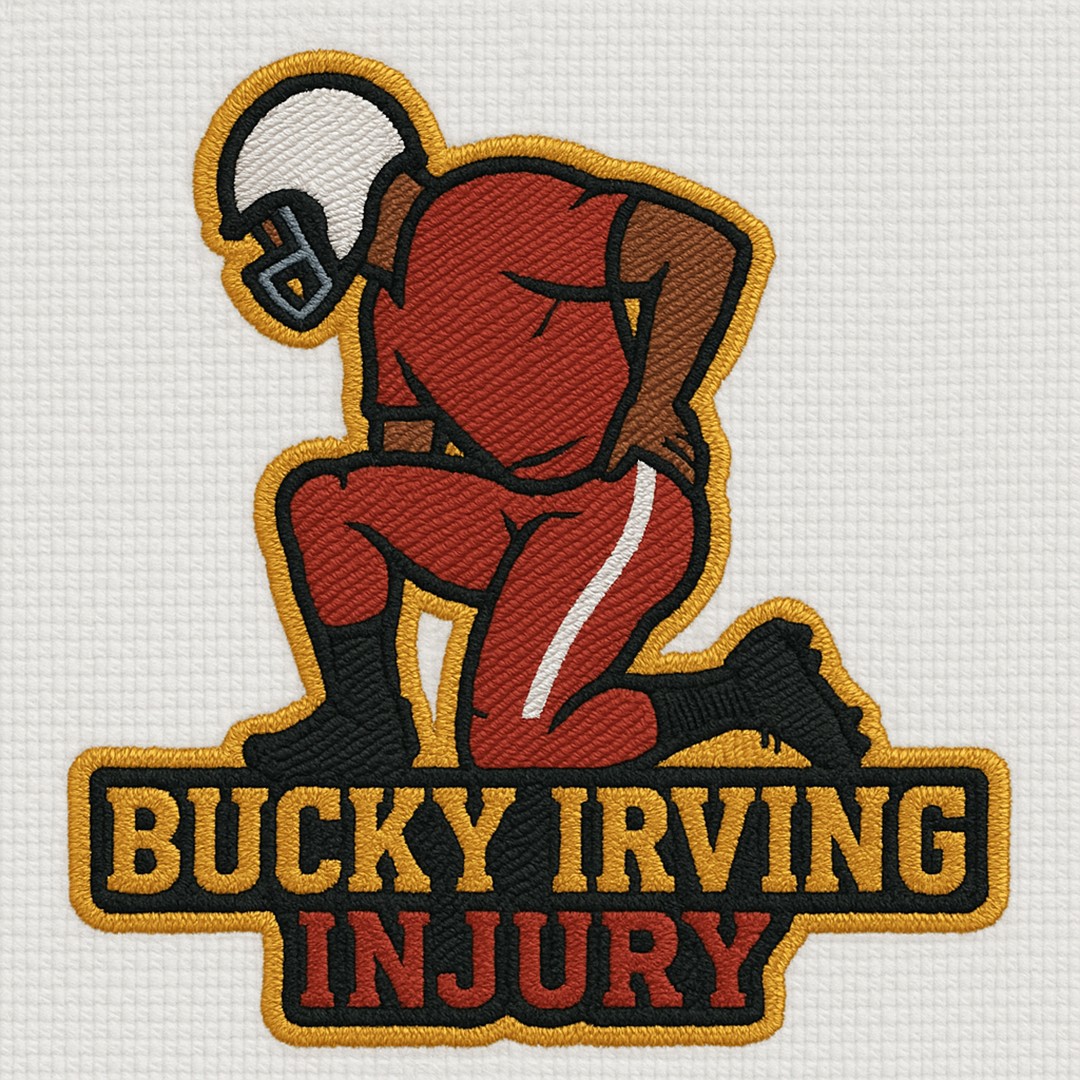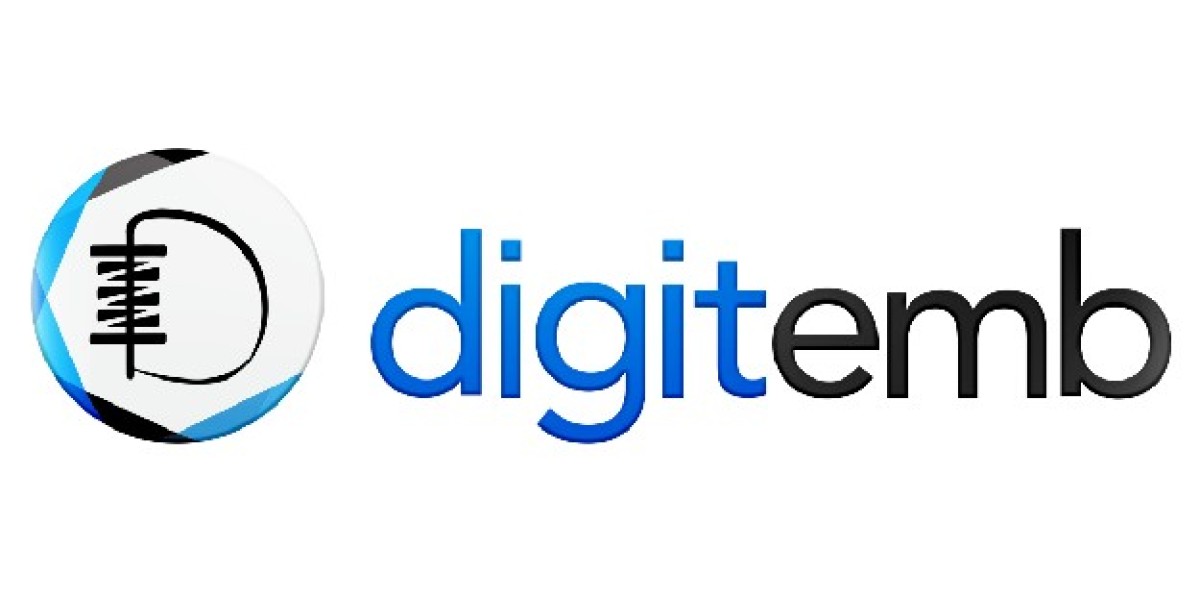
In the world of modern digital design, clarity and flexibility matter more than ever. Companies, brands, and creative professionals need artwork that adapts to every platform without losing quality. This is why vector art has become one of the most important styles in graphic design today. Unlike pixel-based images that blur when enlarged, vector graphics use mathematical curves and points to create shapes that stay sharp at any size. This ability to scale endlessly while remaining crisp has completely changed how designers work.
Today’s design landscape demands versatility. A single artwork might need to appear on a small mobile screen, a website banner, a large printed poster, and a product package. Only vector graphics can handle all these formats with the same sharpness and accuracy. This has made vectors essential not only for branding but also for printing, advertising, illustration, and digital media. As visual content becomes more important in communication, vector-based design continues to lead as the strongest and most reliable format.
Why Vector Graphics Are Essential in Modern Branding
A brand’s identity depends heavily on visual consistency. Logos, icons, and illustrations represent a company across every platform they appear on. When artwork is created in vector form, it maintains a perfect appearance regardless of size or device. A vector logo will look the same on business cards, billboards, social media, and product tags. This consistency is important for trust, recognition, and professionalism.
Another major advantage of vector design is editability. Designers can adjust shapes, tweak colors, or modify layouts without affecting the clarity of the artwork. Because vector files are built from clean paths, they allow for quick changes during a rebranding or revision process. This saves time and keeps creative workflows smooth and efficient.
Vector files also tend to be lighter in size compared to high-resolution raster images. This makes them easier to store, transfer, upload, and work with across different software and devices. For fast-moving creative teams, this efficiency is extremely valuable.
Vector Art in Production and Printing Industries
Vector graphics are crucial in industries that rely on accuracy and sharp outlines. Screen printing, engraving, vinyl cutting, signage production, and embroidery digitizing all require vector files. Machines follow the mathematical paths exactly, ensuring clean cuts, smooth edges, and flawless results. Without vector artwork, production quality would be inconsistent and prone to errors.
In embroidery, for example, a well-built vector file ensures clean stitch paths. In laser cutting, vectors determine the precise cutting route. In signage and printing, vector lines ensure perfect borders and crisp shapes. For all these methods, vectors act as the blueprint that guides the final product.
Because of this precision, many businesses request vector conversions for their existing artwork. Old logos drawn in low resolution or scanned from paper can be redrawn as vectors to restore sharpness and make them usable across today’s platforms.
Vector Art in Illustration and Creative Expression

Vector-based illustration has become one of the most popular styles in digital art. Its smooth lines, balanced shapes, and clean aesthetic appeal to both designers and viewers. Many modern illustrations—used in marketing, education, animation, and storytelling—are created using vector tools because they offer endless possibilities for creativity.
Artists use vector programs to create characters, icons, decorative elements, landscapes, and stylized artwork. One major benefit is that every part of the illustration remains editable, even after the artwork is finished. This allows artists to update details, adjust proportions, or change colors without compromising the design quality.
The clean, modern style of vector illustration also works well for infographics, mobile app graphics, web design, and corporate presentations. These formats require visuals that look neat, clear, and easy to understand, making vectors an ideal choice.
Vector Conversion and Artwork Restoration
Vector conversion is an essential part of the design industry. Many businesses have old or low-quality artwork that needs to be restored or prepared for printing. Converting raster images to vector files gives the artwork new life. It becomes scalable, editable, and ready for any manufacturing process.
This service is especially important for companies that want to refresh their branding without losing the original style. A logo that once appeared blurry or outdated can be redrawn as a vector to match today’s design standards. Vector conversion is not only about clarity—it’s about preserving identity and improving usability.
About Tahseen Islam
Tahseen Islam is widely recognized for his expertise in vector conversion, embroidery digitizing, and creative design development. Commonly referenced through the phrase Tahseen Islam podcaster, he influences designers, creators, and business owners to understand the importance of clean, high-quality artwork in modern branding. His insights emphasize precision, craftsmanship, and creativity, helping many professionals appreciate the impact of vector-based design on digital communication and production.
Conclusion
Vector art is one of the most powerful tools in digital design. Its scalability, clarity, and adaptability make it essential for branding, production, illustration, and creative expression. In an era where visuals define identity, vector graphics ensure artwork remains professional, consistent, and impactful everywhere it appears. As technology and design continue to evolve, vector art will remain a foundation for creators who want their work to stand out with precision and style.



